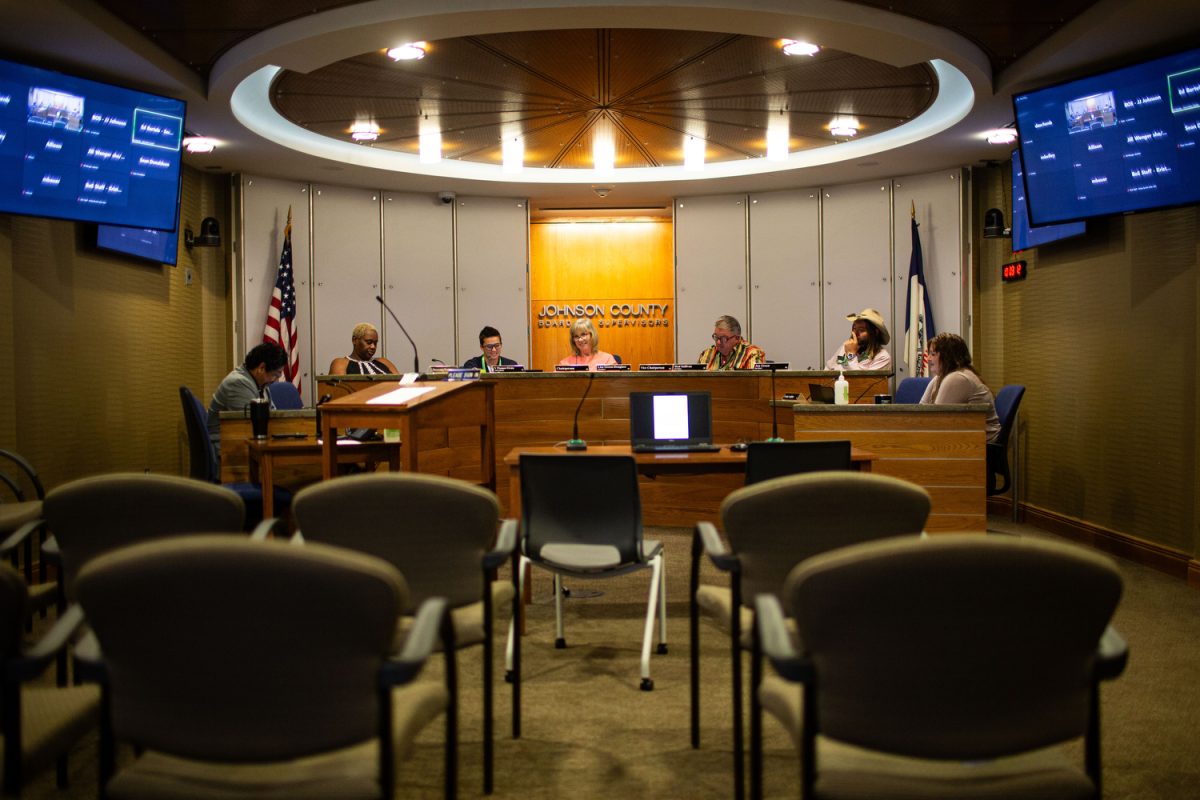Fewer University of Iowa students identify themselves as problem drinkers this year than they did last year, according to results from this year’s AlcoholEdu survey. But the change is minor — only 1 percent.
And officials said the survey — some of the first statistics compiled on students’ drinking behavior since the advent of the 21-ordinance — shouldn’t be used as a measure of the success of the nearly 1-year-old law.
In 2008, 21 percent of new students considered themselves problem drinkers following the completion of AlcoholEdu. From 2009 to 2010, several months following the implementation of the 21-ordinance in June 2010, the numbers only dropped from 16 to 15 percent.
“We always want things to happen quickly, but the kind of change we’re talking about takes time,” said Tom Rocklin, UI Vice President for Student Life.
Since 2006, incoming students have been required to complete AlcoholEdu, an online course intended to educate students on alcohol-related problems. Students complete a survey at the beginning of the tutorial, before starting college, and again approximately two months after arriving on campus. Surveys conducted at the end of the course over the past three years show a steady, minor drop in problem drinking — defined as having more than 10 drinks for a man or eight for a woman in one sitting at least once in the previous two weeks.
Students at the UI drink more heavily than other college students nationally, according to the National College Health Assessment.
But some experts were surprised at the results, particularly in light of the ordinance, which was designed to reduce access to alcohol, and the UI’s Alcohol Harm Reduction Plan, enacted this year.
“Comparing students with free access with those without, I would have thought there would have been a more substantial decline for students who were problematic drinkers,” said Peter Nathan, an alcohol expert and UI professor emeritus.
The course hasn’t changed to reflect the new bar laws in Iowa City, said Stephanie Beecher, a health educator for Health Iowa.
“The goal here when promoting anything health-related is just to reduce the harm,” she said.
Many students said they felt the curriculum does little to change the minds of its targeted audience.
“It didn’t keep me from doing anything that I would normally do,” said UI freshman Matt Rudolph.
Kimberly Koziel, a 21-year-old UI student, said she doesn’t drink, but not because of AlcoholEdu.
“Nothing in the course really stuck with me,” she said. “If you have your mind made up on drinking or not drinking, I don’t think it really changes that.”
Koziel remembered watching others continue to binge drink and party after skimming through the course.
The survey data also showed contradictory changes. For instance, while the number of students who frequently do shots increased by 5 percent since 2008, the number of students avoiding drinking games increased by 7 percent.
But Rocklin said when judging the 21-ordinance, the UI is more interested in seeing research in coming years from the National Collegiate Health Assessment.
“AlcoholEdu isn’t really a benchmark, because it only addresses incoming students,” he said.






